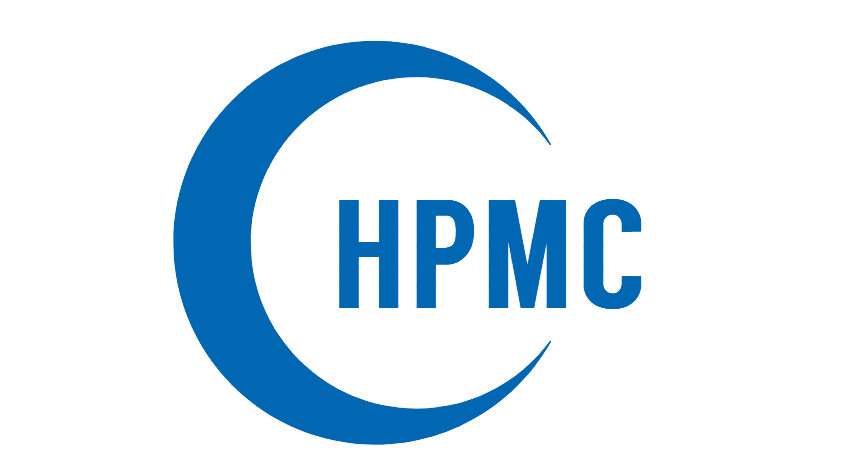hpmc manufacturers-How to identify hydroxypropyl methylcellulose
The quality of domestic hydroxypropyl methylcellulose varies widely, and the price varies greatly, making it difficult for customers to make the right choice. The modified hydroxypropyl methylcellulose (HPMC) of foreign companies is the result of many years of research, and it can be changed by adding trace substances.
The construction performance and the improvement of operability will of course affect some other performances, but in general it is efficient; while the hydroxypropyl methyl cellulose (HPMC) of domestic manufacturers is mixed with other ingredients in large quantities, resulting in water retention and viscosity of the product. The properties such as junction are greatly reduced, causing many construction quality problems.
The following differences exist between pure hydroxypropyl methylcellulose (HPMC) and compounded hydroxypropyl methylcellulose (HPMC):
Pure hydroxypropyl methyl cellulose (HPMC) is fluffy visually and has a small bulk density, ranging from 0.3 to 0.4 g/ml; the compounded hydroxypropyl methyl cellulose (HPMC) has better fluidity, The feel is heavier, and there is a significant difference from the genuine appearance.
The pure hydroxypropyl methylcellulose (HPMC) aqueous solution is clear, with high light transmittance, and the water retention rate is ≥97%; the compounded hydroxypropyl methylcellulose (HPMC) aqueous solution is turbid, and the water retention rate is difficult to reach 80%.
Pure hydroxypropyl methyl cellulose (HPMC) should not smell ammonia, starch and alcohol; compounded hydroxypropyl methyl cellulose (HPMC) can often smell all kinds of tastes, and it will feel better. Shen.
Pure hydroxypropyl methylcellulose (HPMC) powder is fibrous under microscope or magnifying glass; compound hydroxypropyl methylcellulose (HPMC) can be observed as granular solid or crystal under microscope or magnifying glass.
How high is 200,000 viscosity hydroxypropyl methylcellulose?
The production of hydroxypropyl methylcellulose (HPMC) is restricted by domestic equipment safety, slurry process and low pressure production, and ordinary enterprises cannot produce products with a viscosity of more than 200,000. In the summer, it is not even possible to produce products with a viscosity of more than 80,000. They believe that the so-called 200,000 products are compound products.
The key to increasing the viscosity of hydroxypropyl methylcellulose (HPMC) is the high tightness of the reactor and the high pressure reaction as well as the high quality raw material. The high sealability avoids the degradation of cellulose by oxygen, and the high-pressure reaction conditions promote the uniformity of the etherification agent permeating the cellulose into the interior of the product.
Basic indicators of 200000cps hydroxypropyl methylcellulose:
2% aqueous solution viscosity 200000cps
Product purity ≥98%
Methoxy content 19-24%
Hydroxypropoxy content: 4-12%
Features of 200000cps hydroxypropyl methylcellulose:
1. Excellent water retention and thickening properties to ensure complete hydration of the slurry.
2. High bond strength and significant air-entraining effect, effectively inhibit shrinkage and cracking.
3. Delay the heat release of cement hydration, delay the setting time, and control the operating time of the cement mortar.
4. Improve the water consistency of the pumped mortar, change the rheology, and prevent segregation and bleeding.
5. The product is designed for the high temperature construction environment in summer to ensure that the slurry is efficiently hydrated and does not delaminate.
Due to the lax market supervision, the competition in the mortar industry has become increasingly fierce. In order to cater to the market, some businesses have added a large number of substances to produce cheap hydroxypropyl methylcellulose (HPMC). Here, we remind our customers not to blindly pursue low costs. In order to avoid being deceived and lead to engineering accidents, the gains outweigh the losses.
Common compounding methods and identification methods:
(1) Hydroxypropyl methylcellulose (HPMC) added with amide can rapidly increase the viscosity of the solution of cellulose ether, making it impossible to identify with a viscometer.
Identification method: Due to the characteristics of amides, this kind of cellulose ether solution tends to have wire drawing phenomenon, but good cellulose ether will not appear wire drawing phenomenon after dissolving, the solution is like jelly, so-called sticky and not connected.
(2) Add starch cellulose ether. Starch is generally insoluble in water, and the solution tends to have poor light transmittance.
Identification method: Drop into the cellulose ether solution with iodine, if the color turns blue, it can be considered that starch has been added.
(3) Add polyvinyl alcohol powder. As we all know, the market price of polyvinyl alcohol powder such as 2488 and 1788 is often lower than that of hydroxypropyl methyl cellulose (HPMC). Mixing with polyvinyl alcohol powder can reduce the cost of cellulose ether.
Identification method: This kind of cellulose ether tends to be granular and dense. It dissolves rapidly with water, pick the solution with a glass rod, and there will be obvious wire drawing phenomenon.
Hydroxypropyl methylcellulose (HPMC) has the advantages of water retention due to its structure and groups. No matter what kind of filler is incorporated, as long as it is incorporated in a large amount, its water retention will be weakened. The dosage of HPMC with normal 10W viscosity in ordinary mortar is 0.15~0.2‰, and the water retention rate is more than 88%. However, the water retention rate of inferior hydroxypropyl methylcellulose (HPMC) can not reach 0.3‰. 88%, the mortar tends to bleed more seriously. Therefore, the water retention rate is an important indicator to measure the pros and cons of hydroxypropyl methylcellulose (HPMC), whether it is good or bad, as long as it is added to the mortar, it will be clear at a glance.
